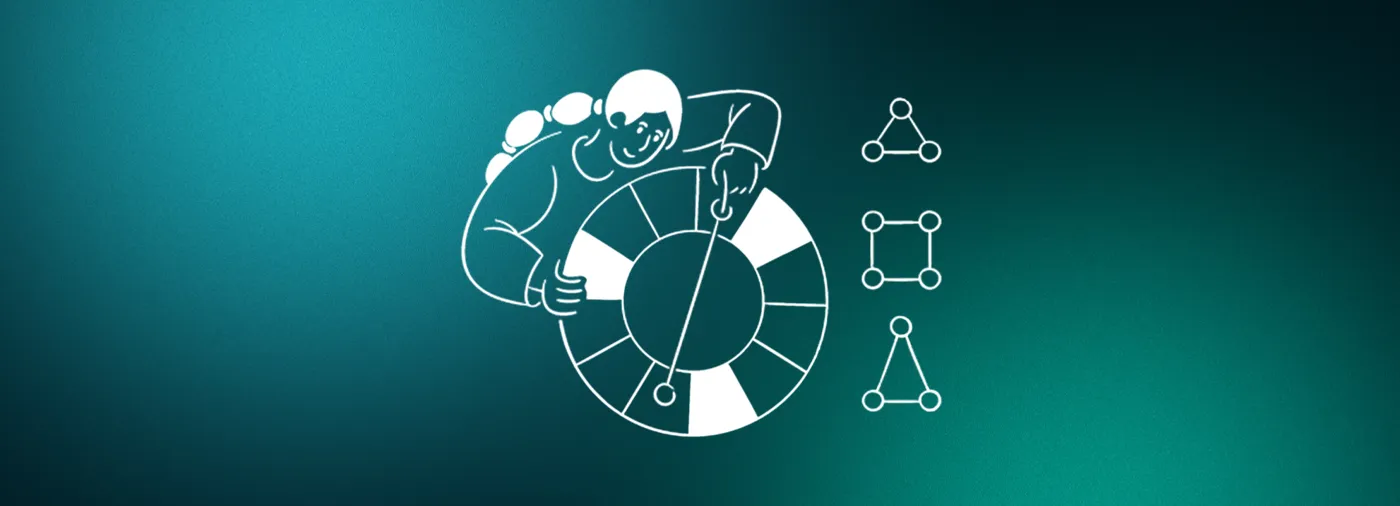Can music actually affect your decision to make a purchase? The answer is a definite yes, even though most people don’t realize it.
Back in 1997, researchers in the United Kingdom conducted an experiment in a supermarket to find out. For two weeks, they played French music and traditional German melodies, while French and German wines of similar price and quality were displayed on the shelves. The results were remarkable. When French music was playing, 83% of customers chose French wine, while when German music was playing, 65% bought from the German selection. When the researchers asked the buyers if music influenced their choices, no one admitted it. However, their subconscious mind had made its choice.
Two decades later, in 2017, researchers at Montclair State University came to a similar conclusion. When Italian music was played in a student cafeteria, sales of chicken parmigiano (an Italian dish) increased. When Spanish rhythms were present, more people chose to eat paella (a Spanish dish).
The importance of selecting specific music also explains why global brands like Starbucks, H&M or Zara select music playlists that match the brand identity. Each song subconsciously “tells” the brand’s story.
Music Determines Consumer Behavior
One of the most well-known studies in the field of music psychology was conducted by Ronald Milliman. He analyzed the behavior of supermarket shoppers and discovered that when slow music was played, customers spent more time exploring the store and spent up to 38% more compared to days with fast-paced music. The key takeaway: the tempo of the music directly influences consumer spending.
Slow melodies encourage customers to relax, take their time, and browse. This approach is widely used in the retail sector today. For example, supermarkets use faster rhythms during peak hours to speed up the flow of customers, while cafes and boutiques often rely on slower, acoustic sounds to keep visitors engaged for longer.
The Role of Music on Consumer Behavior
In the field of digital marketing, and especially when creating video formats, special attention is paid to the choice of music. Platforms like YouTube and TikTok show that sound design (the way in which tones, pauses and rhythm are chosen) is just as important as the visual message itself. A properly selected sound background can significantly increase brand awareness.
What does this Mean for Business?
Music is an invisible marketing tool. It can support your identity, increase customer engagement, and even guide their behavior in the desired direction. And, as we know, in the era of experiences (Experience Economy), consumers unconsciously want to buy emotions. Music is a direct path to them.
Source: Hubspot




